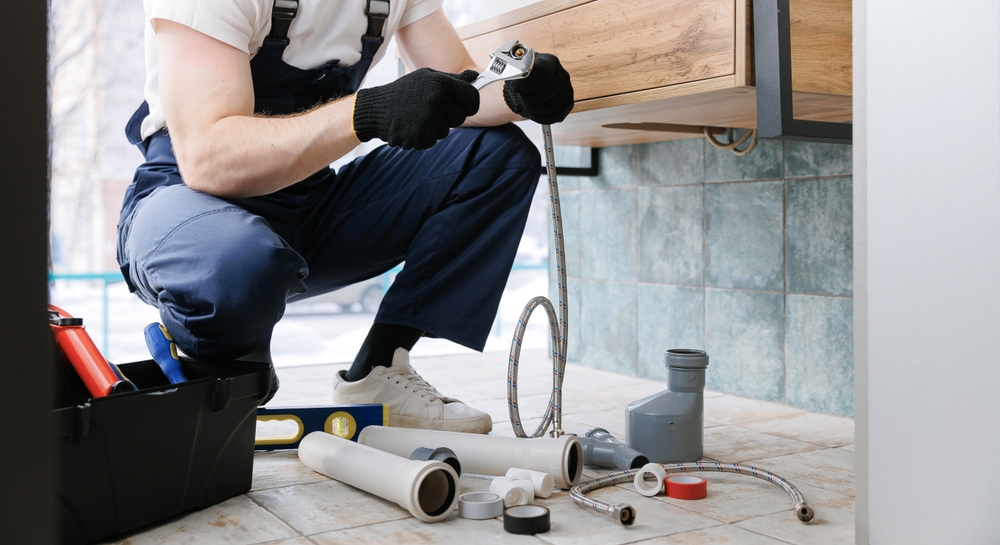How to Fix a Running Toilet: A Step-by-Step Guide
Having a toilet that won’t stop running can be a frustrating experience for any homeowner. Not only is the constant sound of running water annoying, but it can also lead to higher water bills and potential damage to your toilet and plumbing system if left unaddressed. In this step-by-step guide, we will walk you through how to fix a running toilet so you can quickly and easily solve this common plumbing issue.
Step 1: Identify the Problem
The first step in fixing a running toilet is to identify the root cause of the issue. Several common reasons a toilet may continue to run after flushing include a faulty flapper, a malfunctioning fill valve, or a leaking flush valve. By determining the specific problem, you can then take the necessary steps to repair your toilet.
Step 2: Turn off the Water Supply
Before you begin any repairs on your toilet, it is important to turn off the water supply to prevent any further water from flowing into the tank. Locate the shut-off valve behind the base of the toilet and turn it clockwise to stop the water flow. Once the water supply is turned off, you can then proceed with fixing the running toilet.
Step 3: Check the Flapper
The flapper is a rubber or plastic seal at the bottom of the tank that controls the flow of water from the tank to the bowl. If the flapper is worn or damaged, it may not create a tight seal, causing water to continually leak into the bowl. To check the flapper, remove the tank lid and inspect its condition. If you notice any cracks, tears, or other signs of wear, replace the flapper with a new one to fix the running toilet.
Step 4: Adjust the Fill Valve
The fill valve is responsible for refilling the tank with water after a flush. If the fill valve is not functioning properly, it may continuously run, leading to a running toilet. To adjust the fill valve, locate the adjustment screw on the top of the fill valve and turn it clockwise to reduce the water level in the tank. Adjusting the fill valve ensures that the tank refills to the correct level and stops running once filled.
Step 5: Check the Flush Valve
The flush valve is located in the center of the tank and is responsible for releasing water into the bowl during a flush. If the flush valve is leaking or not sealing properly, it can cause water to continuously run into the bowl. To check the flush valve, inspect the rubber gasket or seal around the valve for any signs of damage or wear. If necessary, replace the gasket or seal to prevent water from leaking and fix the running toilet.
Step 6: Clean the Tank
Over time, mineral deposits, debris, and other contaminants can build up in the tank and affect the performance of your toilet. To clean the tank, turn off the water supply and drain the tank by flushing the toilet. Use a scrub brush and a mixture of vinegar and water to remove any buildup from the inside of the tank. Once the tank is clean, turn the water supply back on and check to see if the running toilet has been resolved.
Step 7: Test the Toilet
After completing the necessary repairs and adjustments, it is important to test the toilet to ensure the running issue has been fixed. Turn the water supply back on and flush the toilet to see if the tank refills properly and stops running once filled. If the toilet continues to run, double-check the flapper, fill valve, and flush valve for any additional issues that may need to be addressed.
Step 8: Call a Professional
If you have followed these steps and are still experiencing a running toilet, it may be time to call a professional plumber for assistance. A licensed plumber can thoroughly inspect your toilet, identify the root cause of the running issue, and provide expert repairs to ensure your toilet is functioning properly. With their knowledge and expertise, a professional plumber can quickly and effectively fix a running toilet, saving you time and hassle in the long run.
Contact Us Today
A running toilet can be a common and frustrating plumbing issue for homeowners. By following this step-by-step guide, you can quickly and easily fix a running toilet and prevent further water waste and potential damage to your plumbing system. Remember to identify the problem, turn off the water supply, check the flapper, adjust the fill valve, inspect the flush valve, clean the tank, test the toilet, and call a professional if needed to effectively address a running toilet in your home.
If you are experiencing a running toilet or any other plumbing issues in Mesa, AZ, and Valley Wide, contact PlumbSmart for expert plumbing services. From air conditioners to heaters, drains to water heaters, and ducts to garbage disposals, PlumbSmart offers a wide range of plumbing and AC services to meet your needs. Learn more about our services and schedule an appointment today.
Remember, a running toilet won’t fix itself, so don’t hesitate to take action and address this common plumbing problem in your home. With the right knowledge and tools, you can quickly resolve a running toilet and enjoy a properly functioning plumbing system once again.



